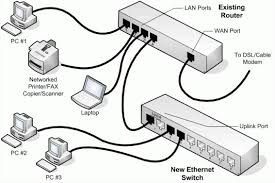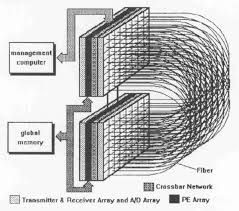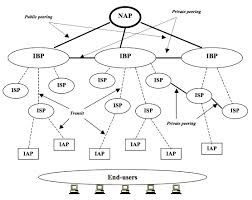INTERCONNECTION STRUCTURES
A computer consist of a set of components or modules of three basic types (processor,
memory, I/O) that communicates with each other. In effect,computer are a network
of basic modules.There must be paths for connecting the modules.

The collection of path connecting the various modules is called the
interconnection structure. The design of this structure will depend on the exchanges
that must be made among module.

The types of exchange that are needed by indicating the
major forms of inputs and outputs for each module type:2
• Memory: Typically, a memory module will consists of N words of equal length.
Each word is assigned a unique numerical address (0, 1, . . . ,N – 1). A word of
data can be read from or written into the memory.The nature of the operations
are indicated by reads and writes control signal.The location for the operations are
specified by an address.

• I/O modules: From an internal (to the computer system) point of view, I/Os are
functionally similar to memory.There are two operations, reads and writes. Further,
an I/O module may control more than one external devices.We can refer
to each of the interface to an external device as a ports and give each a unique
addresses (e.g., 0, 1, . . . ,M– 1).




